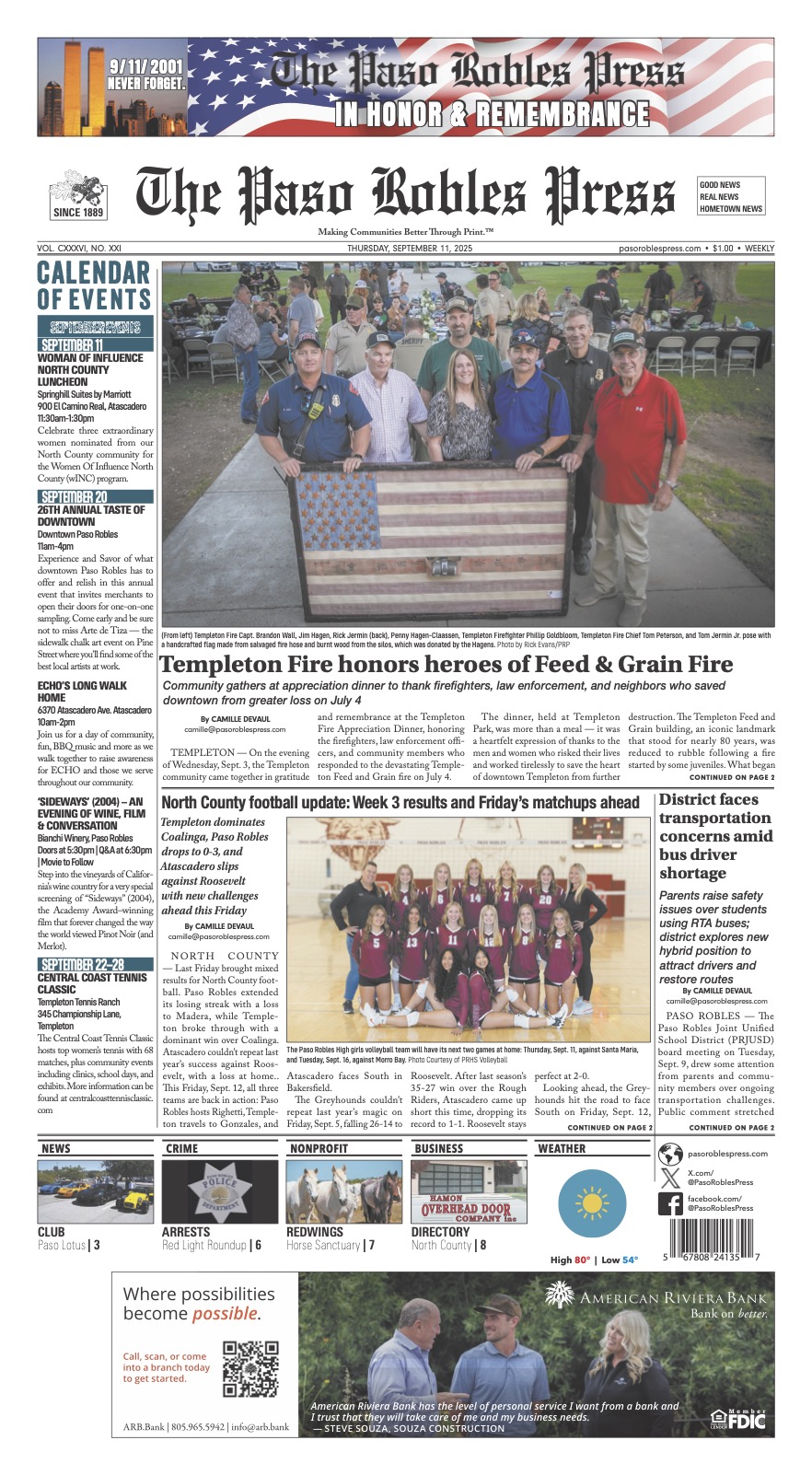By Thomas Elias
The headlines make it clear. So do the statistics on who is most likely to be infected and then killed by the novel coronavirus: Residents of homes for seniors are most at risk, whether the facilities are nursing homes, skilled nursing or something else. Minorities are not far behind, especially when they live in nursing homes.
About half the 4,000-odd persons killed by the virus in California lived in such facilities during their declining months and years.
Simultaneously, the percentage of African-American and Hispanic Californians in the COVID-19 infection and death statistics significantly exceeded the population’s percentage. Of course, an outsized portion of those groups also suffers from pre-existing conditions including obesity, lung disease and diabetes.
Gov. Gavin Newsom well knows that there is almost certainly overlap between death statistics at senior homes and overall numbers for minority infections and deaths while mulling an attempt by the senior housing industry to gain legal immunity for all its virus-related actions, even criminal behavior.
If there’s statistical overlap, it’s probably because — as several studies since 2007 indicate — care is often inferior in nursing homes catering primarily to minorities compared to ones whose residents are mostly Caucasian. This is true in California and nationally. Figures published in mid-May revealed that people in homes with more than 25 percent minority residents are more than twice as likely to contract the virus than residents of homes catering mainly to whites.
Studies comparing quality of care come from accomplished outfits like the Center for Public Integrity (“Nursing homes serving minorities offer less care than those serving whites”) and the State University of New York at Stony Brook (“Nursing homes in minority neighborhoods provide poorer quality care”).
Their findings are partly because nursing homes serving minorities depend more on funding from Medi-Cal or Medicaid than those mostly dealing with whites. The same studies find that the higher a facility’s dependence on low-income public health funding programs, the more fiscal pressure on it.
How severe is that pressure? Medi-Cal payments for nursing home patients average about $217 per patient per day, state figures show. That’s far below the cost of hiring an in-home caregiver for 24-hour coverage, which patients should get in nursing homes.
This sad picture demonstrates a strong need for a thorough state investigation of senior home treatment of minorities — during the current crisis and before. This should be a significant priority for Newsom, whose administration has been mostly passive while nursing homes in locales as varied as Riverside and Tulare suffered clusters of coronavirus deaths.
Meanwhile, senior homes are active in a broad lobbying effort by the health care industry to convince Newsom he should shield such facilities, plus doctors and hospitals of all types, from lawsuits and prosecution, even if their conduct led to COVID-19 fatalities. With legal immunity, plaintiffs would have to prove willful misconduct to win a lawsuit. Even without immunity, California has a decades-old maximum of $250,000 in pain and suffering damages for medical malpractice.
States like Illinois, New Jersey, New York and Iowa have already granted varying levels of immunity.
But Newsom gets more pressure than most governors from nursing home reformists and families who have lost loved ones.
Said Michael Conners, an advocate with the watchdog group Californian Advocates for Nursing Home Reform (via email), “Giving nursing homes license to commit elder abuse right now is a recipe for disaster. What’s more, the scope of immunity being sought is not limited to nursing homes that accept COVID-19 patients.”
Added Oakland civil rights lawyer John Burris, “(Immunity) incentivizes bad conduct.”
Reformists say that rather than granting immunity (it’s uncertain that even emergency powers give Newsom that authority), the state should move to ensure uniformly thorough sanitation in all senior homes, better pay to help draw higher quality caregivers and adequate personal protection equipment for them to use.
So far, there are no signs of change or an investigation, despite the dramatic evidence of racial and economic differences, especially in nursing home care.
The bottom line: It’s high time state government examines both the many senior home fatalities and their apparent racial and economic components.
Email Thomas Elias at tdelias@aol.com. His book, “The Burzynski Breakthrough, The Most Promising Cancer Treatment and the Government’s Campaign to Squelch It” is now available in a soft cover fourth edition. For more Elias columns, visit www.californiafocus.net.














